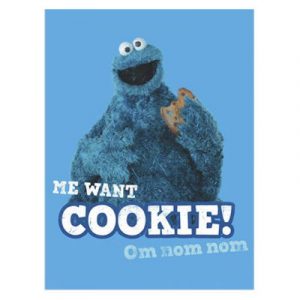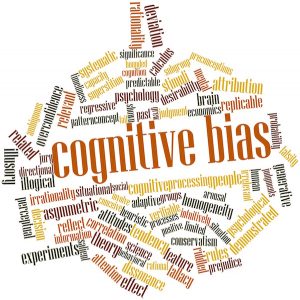Numerous psychological factors and cognitive biases affect your customers’ decision-making processes and how they do business with your company. Here, we explore two of these biases: instant gratification and reciprocity.
How To Use Instant Gratification To Increase Conversion Rates
If someone asked me to describe the prevailing consumer mindset in three words or less, my response would be “now, more now.”
For most people, life is hectic, so convenience and quickness are coveted. And since the advent of ecommerce, convenience and quickness can be and are readily served up on silver platters, thus fueling people’s desire for instant gratification in all aspects of their lives, including when they shop and conduct business.

Delays? No way. Hoops to jump through? Unacceptable. We want what we want and we want it now, even if it means paying more. Instant gratification is “a natural, psychological force that plays a big part in our decision-making process,” says Sid Bharath.
Incorporate Instant Gratification Into Your Value Propositions
SmileyCookie.com, a website where you can order custom cookies, tested a handful of banners on its homepage, with each of the banners using a different value proposition. And of the five banners tested, the one that produced the best results was the one that appealed to instant gratification by mentioning next-day shipping:
“Order Today –> Ships Next Business Day”
Basically, in the words of Cookie Monster:

…Yup.
The fast shipping banner had “a 12.61% conversion rate, 41% better than their regular conversion rate,” reports Bharath.
Speedier Checkouts Yield Happier Customers
 Sid Bharath of Thinkific: “If customers are ready to buy, enable them to do it quickly. Amazon’s 1-click checkout is the best example, and the reason why I end up impulse-buying their ebooks. One click and the books are in my Kindle.
Sid Bharath of Thinkific: “If customers are ready to buy, enable them to do it quickly. Amazon’s 1-click checkout is the best example, and the reason why I end up impulse-buying their ebooks. One click and the books are in my Kindle.
You may not be able to store credit card information to offer 1-click checkouts, but you can store other customer data like names and addresses. When they shop on your site next, don’t make them enter this data again [at] checkout. Instead, pre-populate those fields so they only have to enter their credit card details.”
How The Law Of Reciprocity Can Boost Your Conversion Rates
The law of reciprocity is pretty much “I’ll scratch your back if you scratch mine.” If someone gives something to you or does something nice, you feel compelled to repay that “debt” by doing something generous in return.
You see this happen all the time online: “Sign up for my newsletter and I’ll give you an eBook!” or “Spend $50 and receive a free gift.”
Putting Reciprocity Into Practice
First, you need to discern what activity you want your customer or subscriber to perform—for example, signing up for your newsletter, leaving feedback, sharing something via social media. Then, you need to figure out what you can give to your customers in return, making sure it’s something they would actually benefit from or want.
Here are some ideas for things you can give away to your customers:
- Ebooks
- Coupons
- Free gifts
- Access to free trials or coaching offers
- Rewards programs or referral incentives
![]()
“The emotional targeting methodology also emphasizes that reciprocity doesn’t have to be an actual commodity, a simple promise of a better life, feeling safe or accepted by our peers will convince us to give something in return,” says Talia Wolf of Conversioner.
Basically, the law of reciprocity increases your conversion rates because people love free stuff and they’re willing to do things they might not normally do in order to get the freebie.
Other Cognitive Biases You Can Leverage
Instant gratification and reciprocity are by no means the only psychological factors you can employ in your marketing efforts to increase your conversion rates.

Other popular biases include the following:
- Loss aversion
- The bandwagon effect
- Confirmation bias
- Curse of knowledge
- Empathy gap
- The framing effect
- Illusory correlation
What do you think about using psychology as a tool to improve your CRO? Do you think it’s effective? Why or why not?




